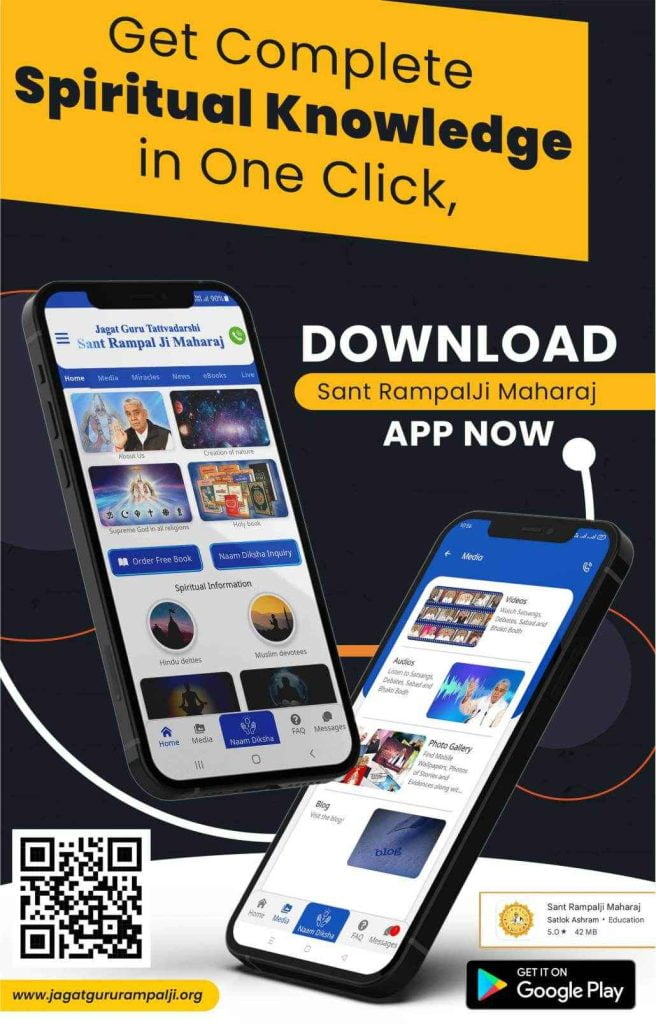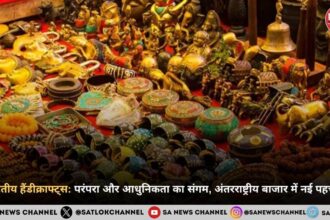UIDAI is gearing up to launch a QR-based identity verification system and an upgraded mobile application by 2025. Users will soon be able to update Aadhaar demographic details and share identity securely without photocopies or physical visits.
- Update and Share Aadhaar Instantly- No More Photocopies Needed Key Highlights
- When Must You Visit Aadhaar Seva Kendra?
- Understanding MyAadhaar and mAadhaar
- Digital Aadhaar Sharing: A Big Leap Forward
- What Demographic Details Can Be Updated Online?
- Biometric Updates for Children: What’s New?
- Aadhaar Security: Can It Be Misused?
- How Can You Protect Your Aadhaar?
- Spiritual Reflection: What Is Your Real Identity?
- FAQs on Aadhaar Updates
Update and Share Aadhaar Instantly- No More Photocopies Needed Key Highlights
1. No More Photocopies – UIDAI is preparing to launch a QR-based sharing system that will eliminate the need to carry printed Aadhaar copies for verification.
2. Online Updates Simplified – Users can now update demographic information such as name, address, or mobile number from the comfort of their home.
3. Child Biometric Drive – UIDAI is collaborating with education boards like CBSE to ensure biometric enrolment at the right age intervals.
4. Foolproof Verification – To reduce the risk of forged documents, UIDAI will fetch user data directly from verified government databases.
How and Where Can You Update Aadhaar Information?
Aadhaar holders can easily update their information using:
1. MyAadhaar Portal – A web-based platform accessible via any browser
2. mAadhaar App – A mobile application offering Aadhaar-related services
These platforms offer services such as:
- Demographic detail updates
- Aadhaar download
- Lock/unlock Aadhaar
- Secure sharing via QR
- For biometric updates (like fingerprint or iris scan), a physical visit to the nearest Aadhaar Seva Kendra is required.
When Must You Visit Aadhaar Seva Kendra?
While most updates are now available online, biometric details still require in-person verification. These include:
- Fingerprints
- Iris scans
- Photograph updates
- These are essential to maintain the accuracy and integrity of identity verification.
Understanding MyAadhaar and mAadhaar
MyAadhaar:
This is a browser-accessible portal offering various Aadhaar services. It’s ideal for desktop or laptop users and supports document updates, Aadhaar reprint requests, and biometric lock/unlock features.
mAadhaar App:
Also known as “Vasudev,” this app allows users to carry Aadhaar digitally on their smartphones, update certain details, and securely share Aadhaar information via QR code. It’s especially useful for on-the-go identity verification.
Digital Aadhaar Sharing: A Big Leap Forward
Carrying photocopies of your Aadhaar card may soon be a thing of the past. UIDAI’s upcoming update will allow users to:
1. Share Aadhaar digitally via QR code
2. Reduce the risk of document misuse
3. Ensure quicker verification at public and private institutions
Whether at the airport, bank, or hotel check-in, this feature will make Aadhaar sharing faster and safer.
What Demographic Details Can Be Updated Online?
Using MyAadhaar or mAadhaar, users can modify the following:
- Full Name (in case of name change after marriage or correction)
- Date of Birth (minor corrections only)
- Gender
- Residential Address
- Mobile Number
- Email ID
- These updates do not require visiting a center and can be verified via OTP authentication.
Biometric Updates for Children: What’s New?
UIDAI has announced a structured biometric update system for children in collaboration with school boards like CBSE. Children will now need biometric enrolments at the following ages:
- 5 years – Fingerprints and iris are collected for the first time
- 15 years – Biometrics are updated to account for physical growth
This measure ensures that Aadhaar remains a valid proof of identity throughout life.
Aadhaar Security: Can It Be Misused?
Unfortunately, yes. Aadhaar, if misused, can lead to identity theft, fraud accounts, and cybercrime. Fraudsters have been known to open fake bank accounts or apply for SIM cards using forged Aadhaar details.
Also Read: New Aadhaar App: Digital Verification With Easy QR Access Like UPI
How Can You Protect Your Aadhaar?
To safeguard your identity:
- Never share printed Aadhaar copies unnecessarily
- Enable biometric locking through the UIDAI portal or mAadhaar app
- Regularly monitor the Aadhaar authentication history on the UIDAI site
- Avoid uploading Aadhaar to insecure websites
- UIDAI also provides a virtual ID option for added security when sharing information.
Spiritual Reflection: What Is Your Real Identity?
Have you ever pondered: Who am I, really? What is my true identity beyond this temporary name and Aadhaar number?
While government IDs help us survive in the physical world, our real identity is the soul, eternal and divine. According to the spiritual knowledge given by Tatavdarshi Saint Rampal Ji Maharaj, we are souls trapped in the cycle of birth and death controlled by Kaal Brahm.
To understand where we came from, why we suffer, and how to attain salvation, visit:
This website answers deeper questions about our creation, the real Supreme God (Kabir Saheb), and the eternal abode called Satlok.
FAQs on Aadhaar Updates
1. Will I still need to visit an Aadhaar Centre for updates?
A: Only for biometric updates. Name, address, and other demographic details can be done online.
2. At what ages are biometric updates mandatory for children?
A: Children need biometric updates at 5 and 15 years of age.
3. Can I share my Aadhaar digitally?
A: Yes, UIDAI’s upcoming update will enable secure sharing via QR code, removing the need for photocopies.
4. Can my Aadhaar be misused?
A: Yes, if not protected, Aadhaar can be exploited by fraudsters for illegal activities.
5. How can I prevent Aadhaar misuse?
A: Use biometric lock features, avoid unnecessary sharing, and track Aadhaar activity through UIDAI.









